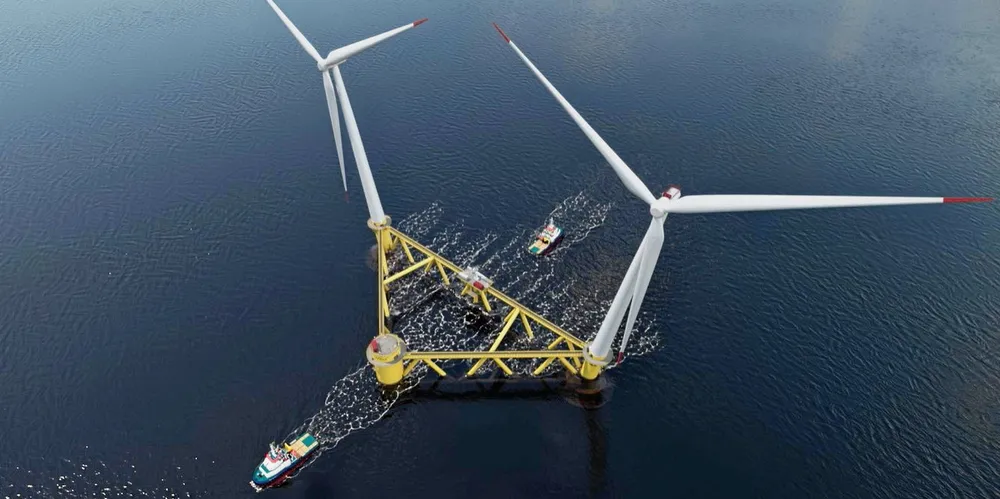Bechtel-backed flagship Celtic Sea floating wind array starts engineering with LMC deal
TwinHub array being built off UK around Hexicon two-turbine concept picks maritime consultancy for turkey deal to inform development of landmark 32MW project

TwinHub array being built off UK around Hexicon two-turbine concept picks maritime consultancy for turkey deal to inform development of landmark 32MW project
